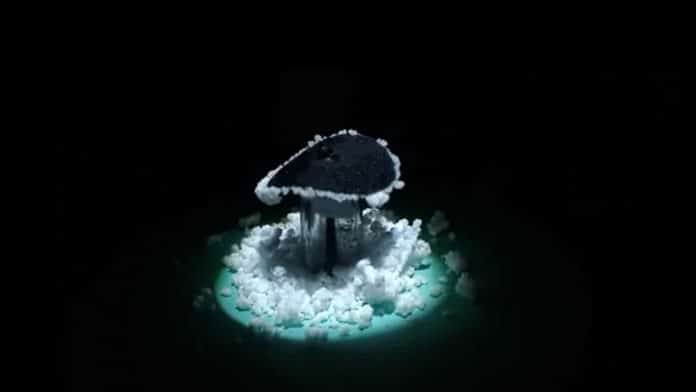Clean water and good hygiene are vital for living a dignified, healthy life. However, some statistics suggest that around 785 million people in the world live without access to clean water. 1 in 10 doesn’t have clean water close to home. Every minute a newborn dies from an infection caused by lack of safe water and an unclean environment.
There are two ways to ease this problem of water shortage that is seawater desalination and wastewater recycling. But current approaches to this are extremely expensive and highly energy-intensive, so we need to search for new technologies that can get the job done more efficiently and also cheaply.
A bunch of researchers from Monash University’s Department of Chemical Engineering has come up with a relatively promising solution. They have developed a new kind of system known as “solar steam generation system” that heats up and purifies seawater using only the power of the sun.
As the conventional water treatment consumes around 3% of the world’s total energy supply (according to the team), researchers turned to sunlight to lighten the load.
The new desalination system consists of a disc crafted from super-hydrophilic filter paper, a material that attracts water, which is coated with a layer of carbon nanotubes that convert sunlight into heat. Water is fed to the evaporation disc using cotton thread having a 1mm diameter, where the heat turns it into steam that builds upon the disc. The filter paper traps the pure water and pushes the remaining salt to the edges of the disc.
New robust solar steam generation system achieves efficient and continuous clean water production from salty water with almost 100% salt removal, according to the team. And the salt collected at the edges can also be harvested for use.
Led by Professor Xiwang Zhang, the team tested the feasibility and durability of the design using seawater from Lacepede Bay in South Australia. They found that their system absorbed 94% of the light across the entire solar spectrum. The disc also exhibited a rapid temperature increase when exposed to light in both dry and wet states, rising from 25 to 50° C and 17.5 to 30° C respectively within just one minute.
This technology is a promising solution to water shortages in areas where grid electricity is not available. Additionally, it has great potential in other fields too, such as industrial wastewater zero liquid discharge, sludge dewatering, mining tailings management, and resource recovery.
Currently, the device can produce six to eight liters (1.6 to 2.1 gal) of clean water per square meter per day. The team is working to improve the water production rate further.
“We hope this research can be the starting point for further research in energy-passive ways of providing clean and safe water to millions of people, illuminating the environmental impact of waste and recovering resource from waste,” Professor Zhang said.
The research is published in the journal Energy & Environmental Science.
